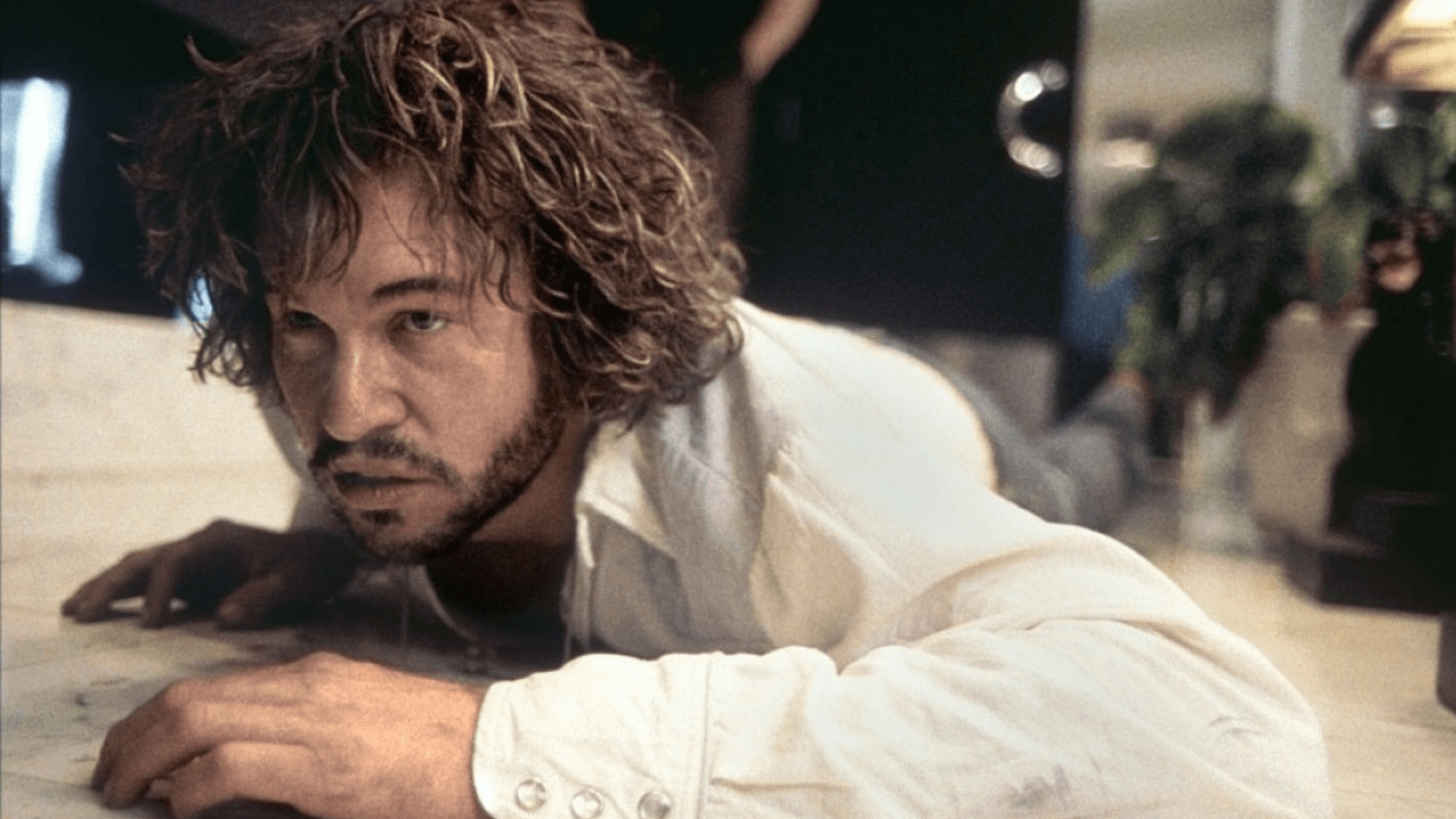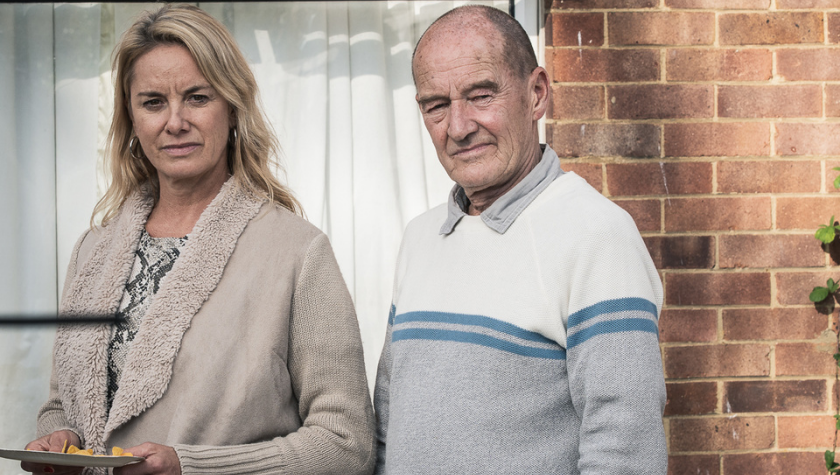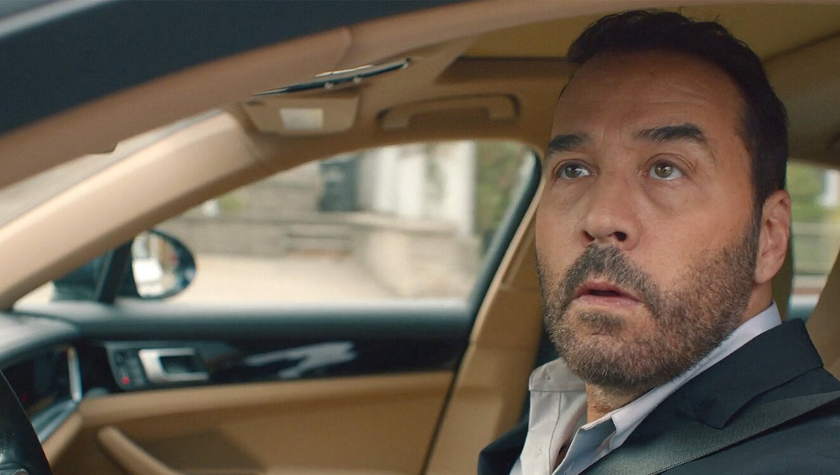How Writer Gabe Polsky Crafted the Wild World of 'Butcher's Crossing'
October 20, 2023
When writer-director Gabe Polsky first read Butcher’s Crossing, the 1960 Western novel by John Edward Williams, in 2007, he knew he wanted to make it into a movie. Set in 1873, the book follows an Ivy League dropout named Will who has come to Butcher’s Crossing, KS with an idyllic plan to see the world and find adventure. When he rides off on an epic, ill-conceived Buffalo hunt – led by a greedy hunter – in Colorado, the city slicker gets more than he bargained for.
“It's a relatively simple story in certain ways,” Polsky says, “but it has a complexity to it from a philosophical perspective. And I like that.”
Polsky says he connected to core themes. The story brims with man vs. nature tension, posing an overarching existential question about our purpose here.
“Who are we, and what are we doing here, and why do we do what we do?” he says. “It’s also about fighting the ego – it’s a powerful force but also incredibly destructive. When is the ego too strong and too destructive? It makes us do things. It makes us achieve things. But why are we doing that?”
Now, 15 years later, Polsky’s film version of Butcher’s Crossing (distributed by Saban Films) hits theaters on October 20.
Starring Nicolas Cage (currently on yet another career upswing, and sporting an intimidating bald pate and beard), Fred Hechinger (The White Lotus), and Jeremy Bobb (Russian Doll, Insider Amy Schumer), the film was shot on Blackfeet land in northern Montana, complete with raw (and real) imagery of slaughtered buffaloes.
Polsky says it draws inspiration from The Treasure of Sierra Madre, Moby Dick, There Will Be Blood, and Apocalypse Now.
Though Cage’s Miller character is the driving force of the narrative, leading the buffalo hunt, Butcher’s Crossing is told through the eyes of Hechinger’s innocent Will, who’s along for the ride – at least until he finds himself on a life-or-death journey.
“In that way, it’s a coming-of-age story,” Polsky says, “when we’re romantic about life. Whether it’s Hollywood or screenwriting or being great at a sport, the journey is often a lot more brutal than we envision. You learn the lessons that you need to learn, and that’s what this story is about.”
Here are some of our favorite takeaways from our chat.
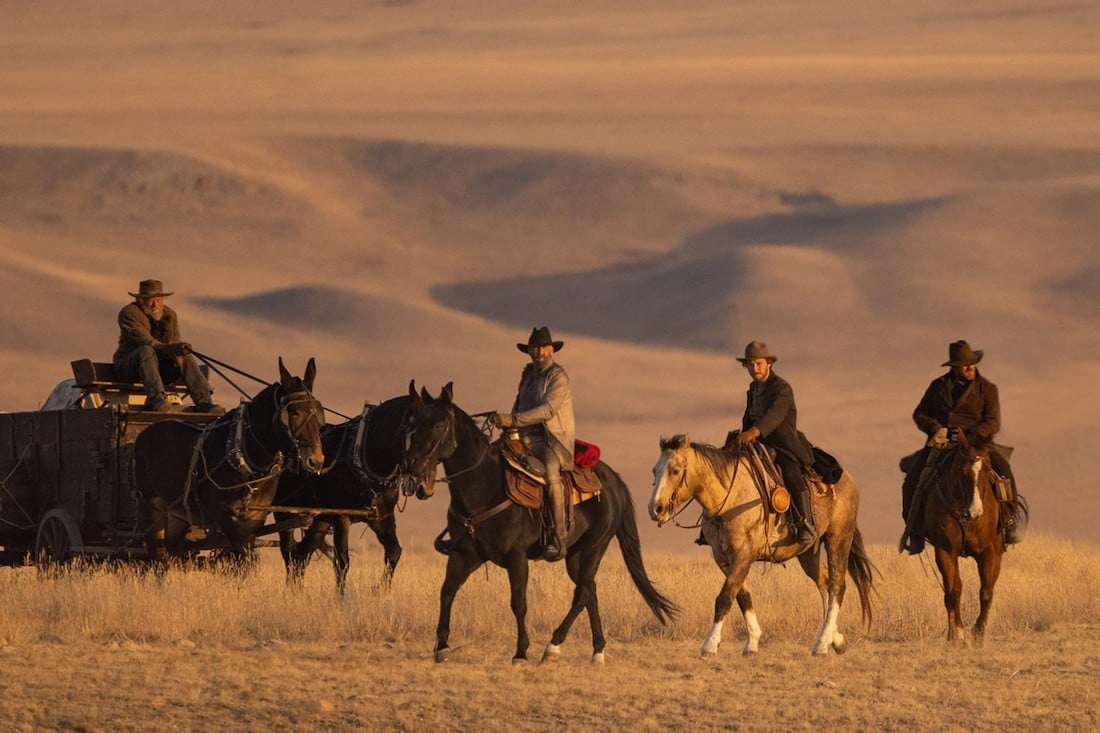
‘There’s Only One Way to Do It’
Having optioned the novel from Williams’ estate, Polsky originally served as producer on the project. At one point, the film was to be helmed by Sam Mendes at Focus Features.
When that fell through, Polsky kept the rights, and his career turned to writing and directing.
“I had an intense passion for this story,” he says. Working with fellow scribe Liam Satre-Meloy, “I think it was the first thing, narrative-wise, that I tried to write.”
While working on the first draft, he “went to Colorado, rented an apartment, hung out there for about a month and a half” to take in the scenery and imagine the rugged, unforgiving landscape of 1870s Colorado.
Tips for adapting a book to the screen?
“It does help to have the author build such strong characters and an entire world,” Polsky says. “But there’s only one way to do it. You read the book. You make selections that you think are the strongest to tell the story.”
Polsky, whose resume includes the sports documentaries Red Penguins and In Search for Greatness, likens the process of adaptation to documentary work.
“There’s a bulk of material that you’ve got to edit down,” he says. “The book is incredible but it’s also fairly slow, intentionally, and there’s a lot of detail.”

Trim All the Fat
When asked how many drafts the script went through, Polsky says, “A lot, a lot.”
“I almost gave up so many times,” he says. In a world of superhero movies, “It’s hard to get a movie like this made.”
But the film finally found traction when Polsky was able to attract Cage. Work on the script continued up until, in some cases, the day of a shoot. Weather and unexpected location changes required quick edits. In one case, a key scene was moved from a raging river to a cliff.
But it was also the budget that determined what went in the script.
“A lot of cuts to the script happened to just make it as efficient as possible,” Polsky says. “Like with Hemingway’s [style of writing], you want the script to have as little fat as possible. No BS. Everything that's in the script has to be there for a reason. You have to trim all the fat that you possibly can.”
Polsky also worked closely with Cage on his look and his character’s unhealthy and self-destructive need for a glory that only he can understand: leading the largest buffalo-hide haul in history.
Read More: How to Rewrite Your Screenplay
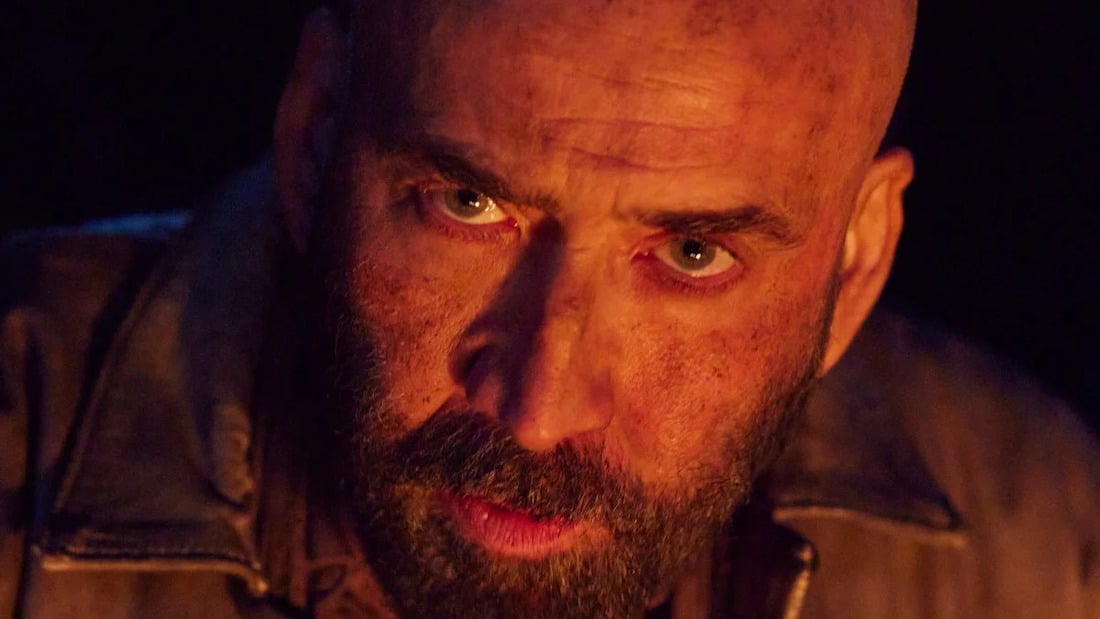
“Is the Miller character struggling with self-worth?” he says. “Why do we all feel like we need to make a mark? Why isn’t it good enough to have a good life and enjoy it?”
Another famously bald personality was discussed.
“We talked about Michael Jordan as a character and that intensity that he brought on the court,” Polsky says of the NBA legend. “It’s well known that he was not the nicest guy. He was so driven and so intense. You could see that. He wanted to be the greatest ever.”
What Is Success?
In the end, the difficult process of bringing book to script, and script to screen, made Polsky consider his own career and life.
“When is it enough?” he says. “How many movies do I need to make to prove something? What does it mean to have success?
“If you don’t have that internal passion about the material, it’s very hard to withstand the ups and downs of a project,” he says. “Maybe that was the test I had to go through to make this story.”
Written by: Jamie Allen
Jamie Allen is a writer based in Los Angeles. He's the creator of the Squirrel Census, a science, design, and storytelling project that was featured in The New York Times and other outlets.

